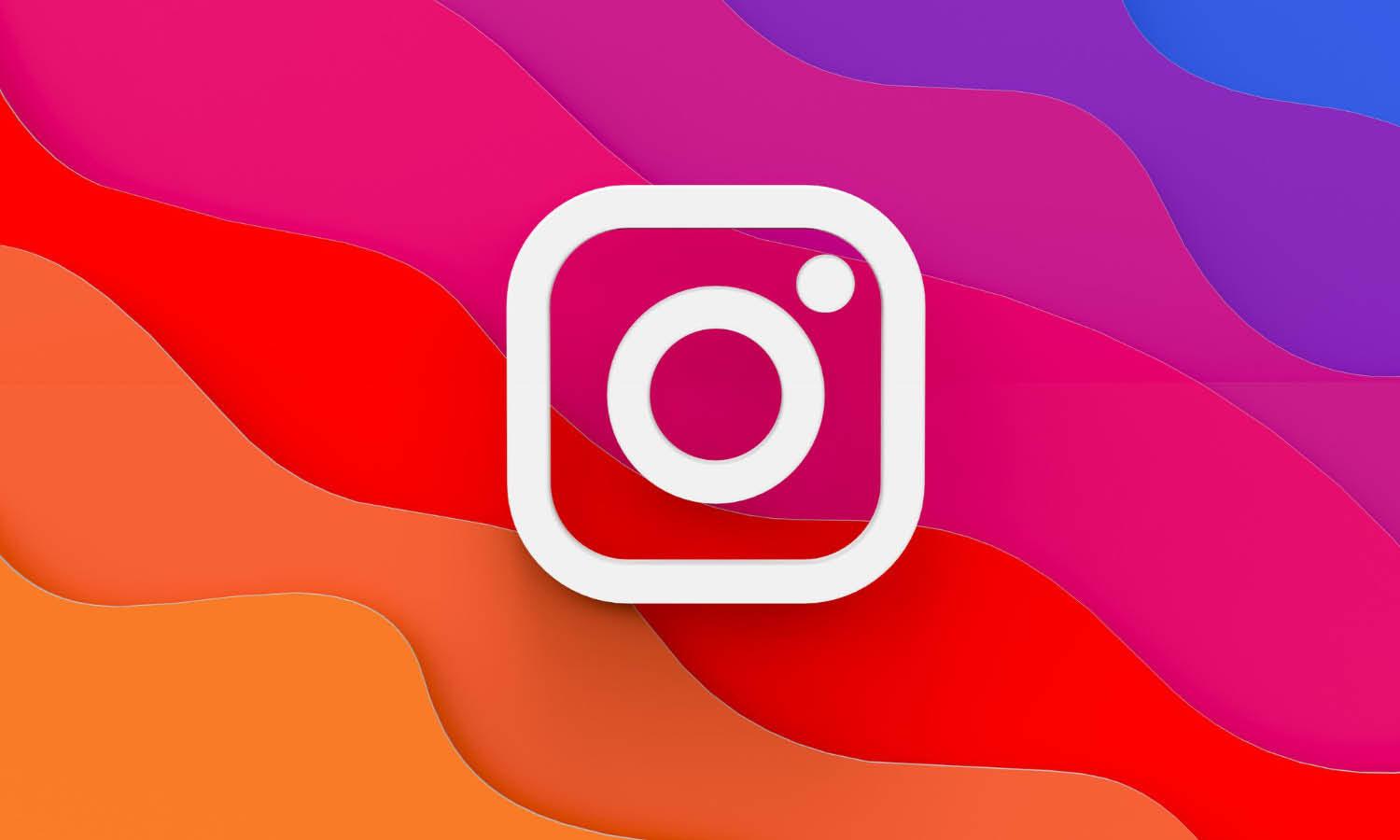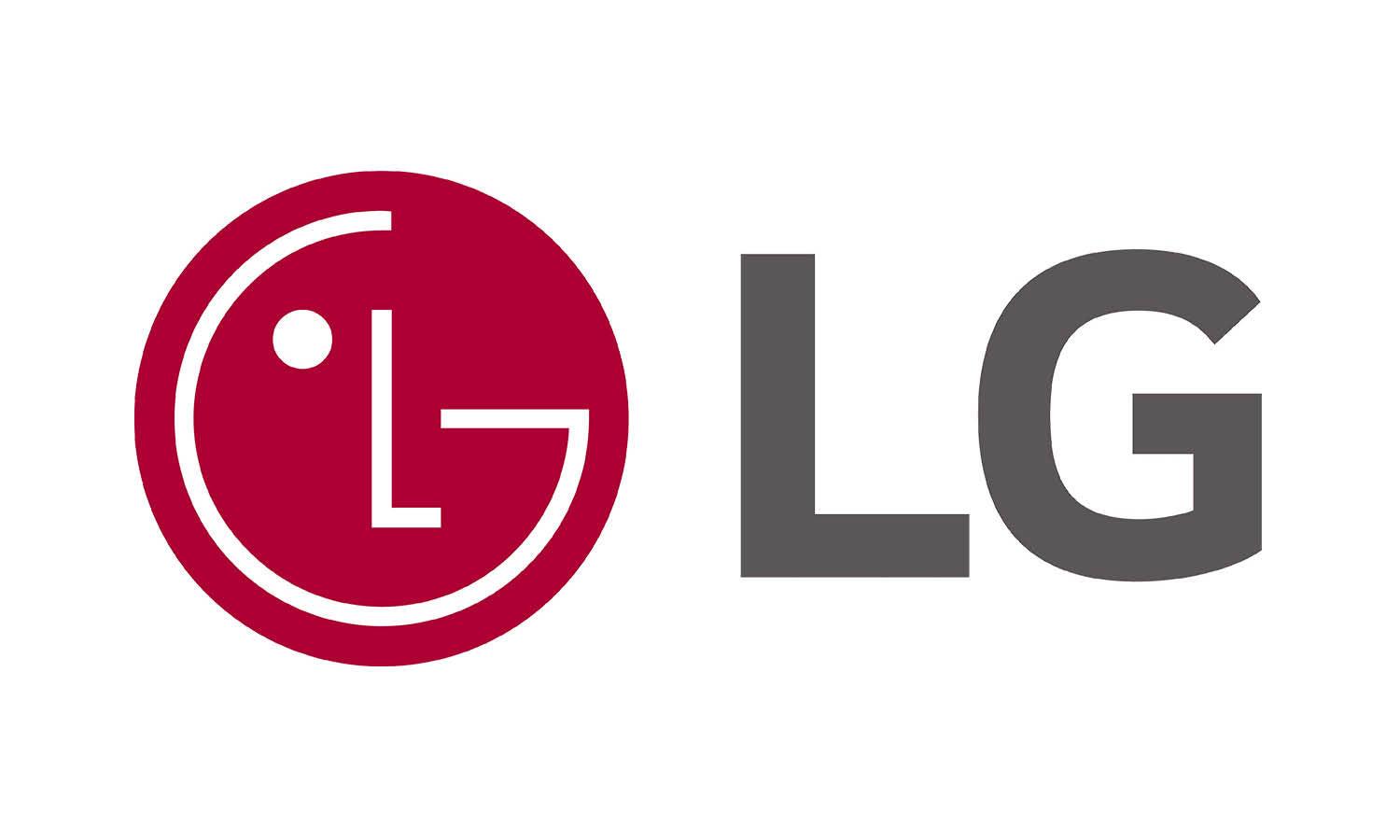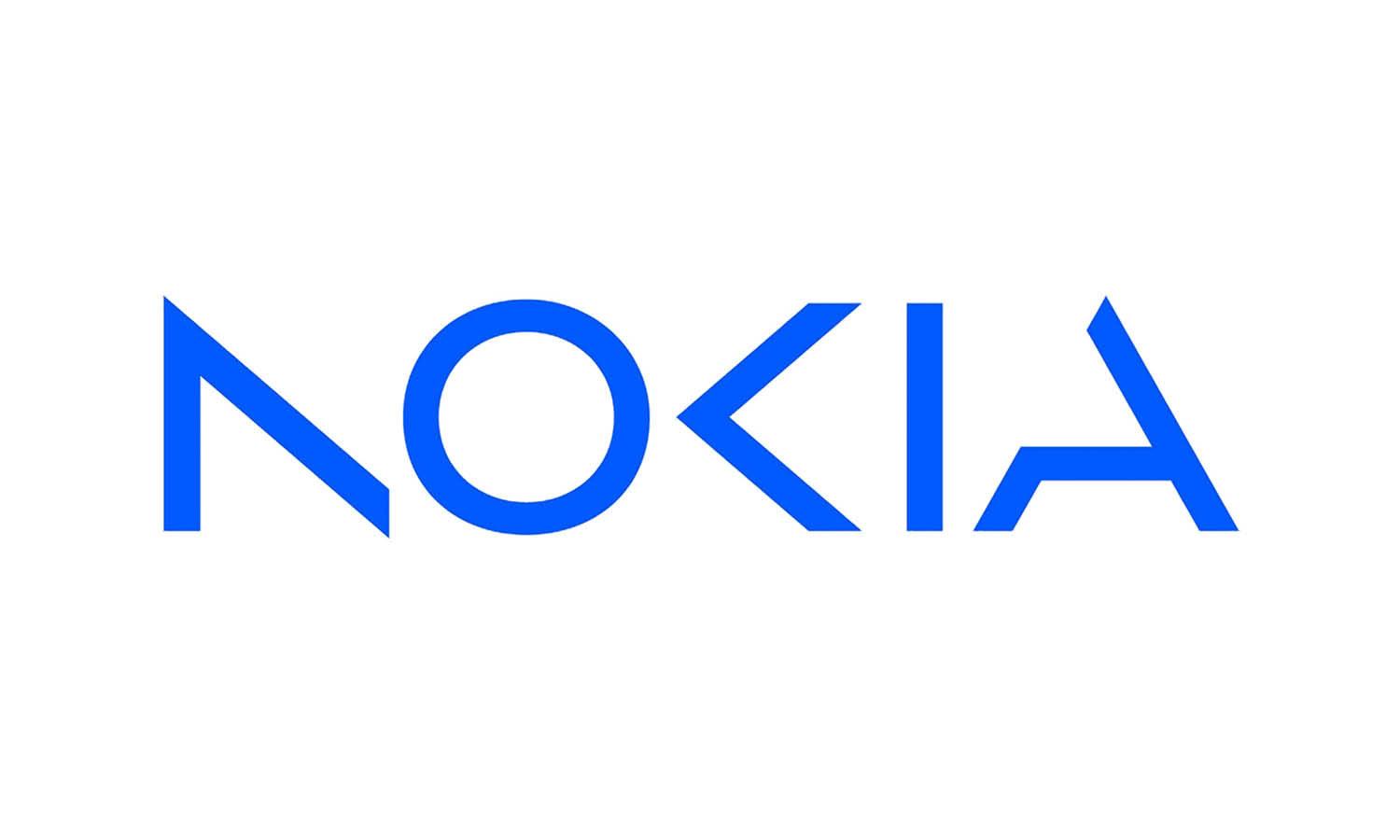IBM Logo Design: History & Evolution

Image Courtesy: IBM
If you've ever wondered about the story behind those three simple letters and the iconic eight-bar design, you're in the right place. Our focus today is to dive deep into the IBM logo design—its history, evolution, and what it represents. This isn't just a tale of typography and ink; it's a story of how a brand evolved to symbolize innovation, reliability, and forward-thinking in the tech industry.
IBM, standing for International Business Machines Corporation, didn't always have the sleek, modern logo we know today. Its visual identity has undergone transformations that mirror not just design trends, but also the company's own journey in becoming a tech behemoth. Whether you're a design enthusiast, a history buff, or someone who simply loves logos, stick around. We're unwrapping the layers of the IBM logo design, an emblem that’s as interesting as it is timeless.
So, grab your favorite cup of coffee, and let's take an exciting stroll down memory lane to explore how the IBM logo design has evolved over the years!
IBM Logo Design History
1889 - 1914
Before IBM even existed, there were two key players that came together to create what would eventually become the tech giant we know today: International Time Recording Company (ITRCo) and Computing Scale Company. Now, let's talk about the IBM logo design roots that can be traced back to 1889.
Back in the day, ITRCo had a logo that was all about elegance and style. It featured a chic ITRCo monogram, executed in a straight but smooth serif typeface. Imagine those letterforms—each curve and line meticulously crafted. This monogram had a timeless appeal, setting the tone for what was to come. And guess what? It was monochrome, because why complicate things? Simplicity often speaks louder, even back in the day.
This early logo may not scream "IBM," but the ethos of simplicity and effectiveness was already there, lying in the DNA of IBM's ancestors. It's fascinating to see how the IBM logo design has evolved, but it’s equally intriguing to discover where it all began. After all, the past often holds clues to the present. Keep reading as we fast-forward through history, tracing the metamorphosis of one of the world's most iconic logos!

Image Courtesy: IBM
1891 - 1914
So, we've already cruised through the elegant era of ITRCo, but now let's pivot to the other foundational pillar of IBM: Computing Scale Company, or CSCo for short. Its logo was a fascinating departure from ITRCo's simplicity, and oh boy, did it have personality!
Imagine a logo with smooth, ornate lettering that just oozes charm. The 'CSCo' was creatively designed with a bold "S" snugly nested within a wishbone-shaped "C." It's like the designers wanted to visually capture the company’s innovation and creativity right in that lettering. The "S" was followed by a slightly smaller "Co," which balanced out the design while giving a nod to the company's collaborative spirit. It was bold but not brash, intricate yet not overwhelming.
If ITRCo’s design was a classic black-tie affair, then CSCo’s was the life of the party. The contrast between these two early logo designs is a testament to the diverse origins that would eventually merge to form IBM. Each brought its own flair and philosophy to the table, setting the stage for the multifaceted IBM logo design that we know today. Stay tuned as we continue our journey through the iconic changes that this logo has seen over the years!

Image Courtesy: IBM
1910 - 1924
Strap in, because the next chapter in our IBM logo design saga takes us to the pivotal year of 1910. The International Time Recording Company and Computing Scale Company decided they were better together and merged into the Computing-Tabulating-Recording Company. Now, say that five times fast!
The new company debuted its logo in the same year, and it was a visual stunner. Picture a monogram, elegant and bold, encased in a super-thin circular frame, almost as if they were saying, "Here's the future, perfectly rounded." The font? Custom and nothing short of stylish. Those iconic wishbone-style "C"s were back, tying it to CSCo's heritage. The “R” in the monogram sported an elongated and gracefully curved tail, adding a dash of sophistication. And let’s not forget the "T"—straight, strict, and standing tall, probably paying homage to ITRCo's simplicity.
What’s fascinating about this logo is how it managed to incorporate elements from its founding companies. The wishbone “C”s, the elegant “R”, and the no-nonsense “T” were like a visual nod to the roots, showing that even as they moved forward, they respected where they came from. The IBM logo design we know and love today has a rich history, and this 1910 creation was a big milestone in setting the tone for innovation and elegance. Stick around, because the logo’s evolution is far from over!

Image Courtesy: IBM
1924 - 1947
The roaring '20s! Jazz was hot, flappers were in, and our beloved Computing-Tabulating-Recording Company got a sleek new name—International Business Machines, or IBM as we fondly know it. This was more than just a name change; it was a declaration of intent. So naturally, the IBM logo design got a fresh coat of paint to match its new, ambitious persona.
Picture this: a globe-like design with "Business" sitting confidently on top and "Machines" anchoring it at the bottom, both written in a bold, no-nonsense sans-serif typeface. Now here's the twist: separating the two was a black and white "equator," and nestled within it was the word "International" in white lettering. Talk about making a statement! This design screamed, "We're ready for the world stage!"
The globe-like motif was symbolic; it showed the company's eagerness to go international, to be a force to be reckoned with. IBM was essentially mapping out its future, signaling its aim to be not just a big player, but a global one. This 1924 design laid the groundwork for the multinational powerhouse IBM would eventually become. So the next time you look at the IBM logo, remember, it’s not just a logo; it’s a symbol of ambition, a snapshot of a time when IBM was ready to take on the world. Stick around as we journey further into the evolution of the iconic IBM logo design!

Image Courtesy: IBM
1947 - 1956
Alright, let's jump right into the post-war era, 1947 to be exact. After World War II, businesses were revving up for a new wave of growth and technology was emerging as a massive player. So what did our ever-evolving International Business Machines do? They shortened their name to the snappy acronym we all know—IBM. And yes, you guessed it, the IBM logo design got another makeover.
Swapping out its previous globe aspirations, IBM went for something minimalist yet absolutely solid. The new logo featured a calming, light blue logotype. The capital letters—those iconic "I," "B," and "M"—were styled in a square, almost massive shape using a serif typeface. It was as if IBM was saying, "Hey, we're here, we're sturdy, and you can count on us."
The choice of blue, often associated with trust and reliability, was no random pick. It aligned perfectly with IBM's brand message of stability and dependability. The square and massive shape of the letters echoed the same sentiment, signaling the company's strength and permanence in an ever-changing technological landscape.
The transformation from a detailed, globe-like design to a minimalist logotype was not merely aesthetic; it was a strategic move that aligned with IBM’s goals for the coming era. And just like that, IBM was no longer just dreaming of being a big player—it was one. Stay tuned as we continue our deep dive into the fascinating history of IBM logo design!

Image Courtesy: IBM
1956 - 1967
And now, cue the 1950s—a time of rock 'n' roll, poodle skirts, and yet another shift in the IBM logo design. While keeping its soothing blue color palette, IBM decided it was time for a typography tune-up in 1956. This wasn't a total makeover, but rather a sophisticated facelift.
Here's the nitty-gritty: the serifs on the letters got elongated and more pronounced, adding a touch of elegance to the previously square and massive shapes. It's like IBM was saying, "Yeah, we're still sturdy, but check out these stylish new shoes!" The changes didn't stop there. The letter "B" got a fresh update, too. The negative space within "B" transformed into two white squares, adding a clever visual interest that you couldn't help but notice.
Why mess with the negative space, you ask? Well, it made the logo even more distinctive and recognizable. It also played with the idea of "space"—possibly nodding to the room for innovation and growth within the company. After all, the late '50s was a period of technological advancement, and IBM was very much part of that narrative.
This period in IBM's history was all about refinement. They took what was working and polished it up, making the logo a true emblem of the company's continuous drive for improvement. Fasten your seat belts, because the evolution of the IBM logo design doesn't stop here!

Image Courtesy: IBM
1967 - 1972
The late '60s—a time of flower power, moon landings, and radical changes in art and culture. IBM, not one to be left behind, jumped on the rebranding train in 1967. This wasn't just a minor tweak; it was a major leap forward in the world of IBM logo design, y'all!
Say hello to stripes! IBM took their classic blue logo and jazzed it up by slicing it into 13 horizontal strips. The stripes didn't just make the logo pop; they added layers of symbolism, too. One could say that each stripe represented a different facet of IBM—be it computing, research, client services, you name it. It was the same dependable IBM, but now with a modern, dynamic flair.
Why 13 stripes, you ask? Good question. The number 13 might be associated with superstition in some circles, but in the context of IBM's logo, it was all about harmony and balance. The stripes offered a sense of motion and depth, making the emblem more than just a static symbol. It looked like it was in a state of perpetual motion, echoing the rapid technological advancements of the time.
This striped incarnation is more than just a logo; it’s a piece of art, a nod to the forward-thinking spirit of IBM. As we continue our journey through the storied history of IBM logo design, it's crystal clear that IBM was—and still is—always a step ahead. Stay tuned for more!

Image Courtesy: IBM
1972 - Present
Fast-forward to the 1970s—a decade filled with disco balls, Star Wars, and another monumental moment in IBM logo design. In 1972, Paul Rand, a legend in the design world, stepped in and gave the iconic striped logo a makeover that would last for decades. Yeah, that's right; Paul Freakin' Rand!
The first thing you'll notice is that the number of stripes got trimmed down from 13 to just 8. This might sound like a small change, but oh boy, did it make a difference! The logo instantly became bolder and far more confident. The reduced stripe count, combined with a richer, darker shade of blue, elevated the whole look, making it scream solidity and strength.
Paul Rand's magic touch wasn't just about cutting down on stripes or dabbling in new shades of blue. His redesign created an emblem that could stand the test of time—something so perfect in its simplicity and power that it's still the IBM logo we know today. Rand’s version became more than just a company logo; it became an icon of 20th-century design, embodying IBM's pioneering spirit in technology and innovation.
This 1972 redesign is the logo we still see whenever IBM comes up, whether we’re talking about groundbreaking research or innovative business solutions. It’s an enduring symbol that speaks volumes with just three letters and eight stripes. And there you have it—the current chapter in the endlessly fascinating tale of IBM logo design!

Image Courtesy: IBM
2018 - Present
Buckle up, design enthusiasts! We're zooming into the present day, where IBM did something pretty surprising. In 2018, they decided to bring back the "full" logo originally created in 1956. Yep, what's old is new again—but with a contemporary twist, because hey, it's IBM, and they’re always shaking things up!
So here's the scoop: the updated IBM logo design sports a white "IBM" inscription neatly placed inside a horizontally-oriented dark gray rectangle. It's as if IBM went into their attic, dusted off an old family heirloom, and gave it a modern, minimalist makeover. The stark contrast between the white letters and dark background offers a bold, striking look that screams sophistication.
Why gray, you might wonder? Dark gray is chic, timeless, and it exudes a sense of authority. It’s a far cry from the light blues and stripes of yesteryears, but it's equally compelling. This shift signals IBM's continuous evolution, reminding us that they're not just a tech company; they're a brand that understands the power of design to communicate change and stability simultaneously.
So, there you have it—a full-circle moment in the IBM logo design saga. From its early days as a set of elegant initials to striped icons and now back to its roots but in a suave dark gray, IBM’s logo is a masterclass in branding done right. And that, my friends, is why we can't wait to see what they'll do next!

Image Courtesy: IBM
Analysis: IBM Logo Design Evolution
So, we've taken you on a whirlwind tour of the IBM logo's timeline, a journey filled with evolution, colors, and groundbreaking shifts. Now let's dig a little deeper and get into some analysis, shall we? Here are five key points that make the IBM logo design such an intriguing case study. Trust us, this is the kind of branding lesson even a business school can't offer!
Adaptability is Key
IBM's logo design evolution shows us that being adaptable is crucial for survival in an ever-changing business landscape. From elegant serif fonts in its early days to stripes and minimalist modern design, the logo has seen many faces. But each time, it adapted to the zeitgeist while remaining unmistakably IBM. It's a lesson in how to stay relevant without losing your core identity.
Consistency Matters
Although the IBM logo has undergone several transformations, some things have remained consistent, like the iconic "IBM" lettering. Even when drenched in different colors or sliced into stripes, these three letters have been the cornerstone, maintaining brand continuity. So while adaptability is important, so is consistency. It’s like your favorite dish—new spices can be introduced, but the main ingredients have to stay the same.
Color Psychology
IBM has intelligently used color psychology throughout its logo history. From the early blues signaling reliability and trust, to the dark gray rectangle of modern times exuding sophistication, IBM knows how to evoke the right emotions. It's not just about looking pretty; it's about creating a connection with the audience.
Simplicity Reigns Supreme
Especially in recent years, IBM has embraced the power of simplicity. There’s something incredibly appealing about the stark contrast between the white lettering and dark background in the 2018 logo. Simplicity can convey sophistication and authority—attributes that IBM wants to project in this era of complicated technological solutions.
Iconic Designer Influence
Let's not forget the impact of having a legendary designer like Paul Rand work on your logo. His striped design has become an iconic example of how effective branding can be when done right. The importance of involving seasoned designers in crafting a company’s visual identity can't be overstated. They bring a layer of professionalism and expertise that can turn a logo from good to iconic.
So, there you have it—five compelling points that help us understand the magic behind the IBM logo design evolution. It's more than just a series of changes; it's a masterclass in branding, adaptability, and visual storytelling. IBM has been a harbinger of tech revolutions for over a century, and its logo? Well, it's been silently narrating that tale, one design at a time.

Image Source: https://newsroom.ibm.com | Image Courtesy: IBM
The Philosophy & Meaning Behind IBM Logo Design
Next, we've already delved deep into the fascinating twists and turns of IBM's logo evolution. But let's not just stop at the surface; it's time to dig into the philosophy and meaning that weave the fabric of this iconic emblem. Why does it look the way it does, and what is IBM trying to tell us through its logo? Get ready, because we're diving into the deep end of IBM logo design!
Communicating Legacy and Innovation
IBM has always been a juggernaut in the tech industry, balancing its rich legacy with a constant push for innovation. The logo reflects this duality. The long-lasting design aspects, such as the recognizable "IBM" lettering, root the company in its illustrious past. At the same time, periodic updates and color shifts signify its adaptability and forward-thinking philosophy.
Universality and Accessibility
If you notice, the IBM logo is easily readable and instantly recognizable, whether you're a tech guru or someone who just uses a computer for emails. This is by design. IBM aims to create technology that is accessible and universal, and its logo carries that message. Simplicity isn’t just a design choice; it’s a philosophy.
Trust and Reliability
The recurring use of blue, especially in its earlier designs, is a nod to attributes like trust and reliability. Blue is a color often associated with dependability and strength, attributes that IBM undoubtedly wants to convey. When you see the IBM logo, subconsciously, you're meant to feel a sense of security and dependability.
Global Ambitions
IBM's original full name, "International Business Machines," signals global aspirations, and the logos have often reflected this. Remember the globe-like design back in the 1924 version? It wasn't just decorative. It symbolized IBM's intent to expand its footprint worldwide. Even the shift to the more cosmopolitan dark gray in 2018 can be seen as a nod to global sophistication.
Open for Interpretation
One of the most beautiful aspects of the IBM logo design is its open-ended interpretation. Take the striped version, for example. Some say the stripes represent speed and dynamism; others see them as layers of data or integrated systems. This ability to let the audience interpret the meaning keeps the logo perennially interesting and engaging.
So, there you go! The IBM logo isn't just a piece of art; it's a narrative, a philosophy, and a message all rolled into one. It's an intriguing example of how a logo can evolve while still staying true to its core values and principles. IBM’s logo design is like a good book; you can come back to it time and time again, and always find something new to appreciate.

Image Source: https://www.ibm.com/ | Image Courtesy: IBM
What Can We Learn from IBM Logo Design
By now, we’ve dissected the IBM logo design from its roots to its modern-day incarnation. We’ve even dug into its deeper meanings and philosophies. But wait, there's more! Let's talk about what you can actually learn from this iconic design journey. If you’re into branding or design, or if you're simply a business owner thinking about your visual identity, sit tight. IBM logo design has some lessons that are worth their weight in design gold!
Longevity is Possible
Let's start with the obvious: IBM has been around for over a century, and its logo has remained remarkably consistent. This teaches us that it is entirely possible to design something that stands the test of time, even in an ever-changing field like technology. The trick? A good balance of timeless elements with adaptable features.
Consistency is King
Ah, the power of consistency. Even when IBM went for logo overhauls, the essence remained the same. The iconic "IBM" has always been there, serving as an anchor through various design changes. It shows that while you can—and should—update your brand, the core should remain untouched. Consistency helps in building a brand that people recognize and trust.
Embrace Simplicity
We’ve said it before and we’ll say it again—the IBM logo is a lesson in the power of simplicity. In a world where everyone wants to stand out, the allure of a simple, straightforward design can be incredibly powerful. Simple designs are also more versatile, easier to recognize, and quicker to remember. Less really can be more.
The Devil is in the Details
IBM's history of logo changes reveals that even subtle alterations can make a world of difference. For instance, the 1967 design cut the logo into 13 stripes, later reduced to eight, bringing a new vibe and meaning. The point here? Never underestimate the impact of small changes. They can breathe new life into your design without requiring a complete overhaul.
Message Matters
What are you trying to convey with your logo? In IBM’s case, different versions of the logo have communicated different aspects—be it international ambitions, technological innovation, or reliability. The visual elements of your logo should serve your message, not the other way around.
So there it is—your blueprint for branding success, courtesy of IBM logo design. Whether you're in the initial stages of creating a logo or pondering a redesign, these lessons can be your guiding principles. The IBM logo serves as a masterclass in effective branding, showing us that with the right elements, a logo can be both enduring and ever-evolving. Happy designing!
Conclusion
And there you have it, folks! We've gone on quite the journey exploring the ins and outs of IBM logo design. From its early days to its modern evolution, this iconic emblem serves as a textbook example of how to do branding right. Whether you're a designer, a brand manager, or just someone who's curious about the intersection of art and business, the tale of IBM's logo offers valuable insights for everyone. It’s a perfect blend of legacy, adaptability, and message-driven design. Keep these takeaways in mind for your own design ventures, and who knows? You might just create the next enduring symbol!
Let Us Know What You Think!
These fantastic logo design articles are written and curated by Kreafolk's team. We hope you enjoy our information and remember to leave us a comment below. Cheers!
















Leave a Comment